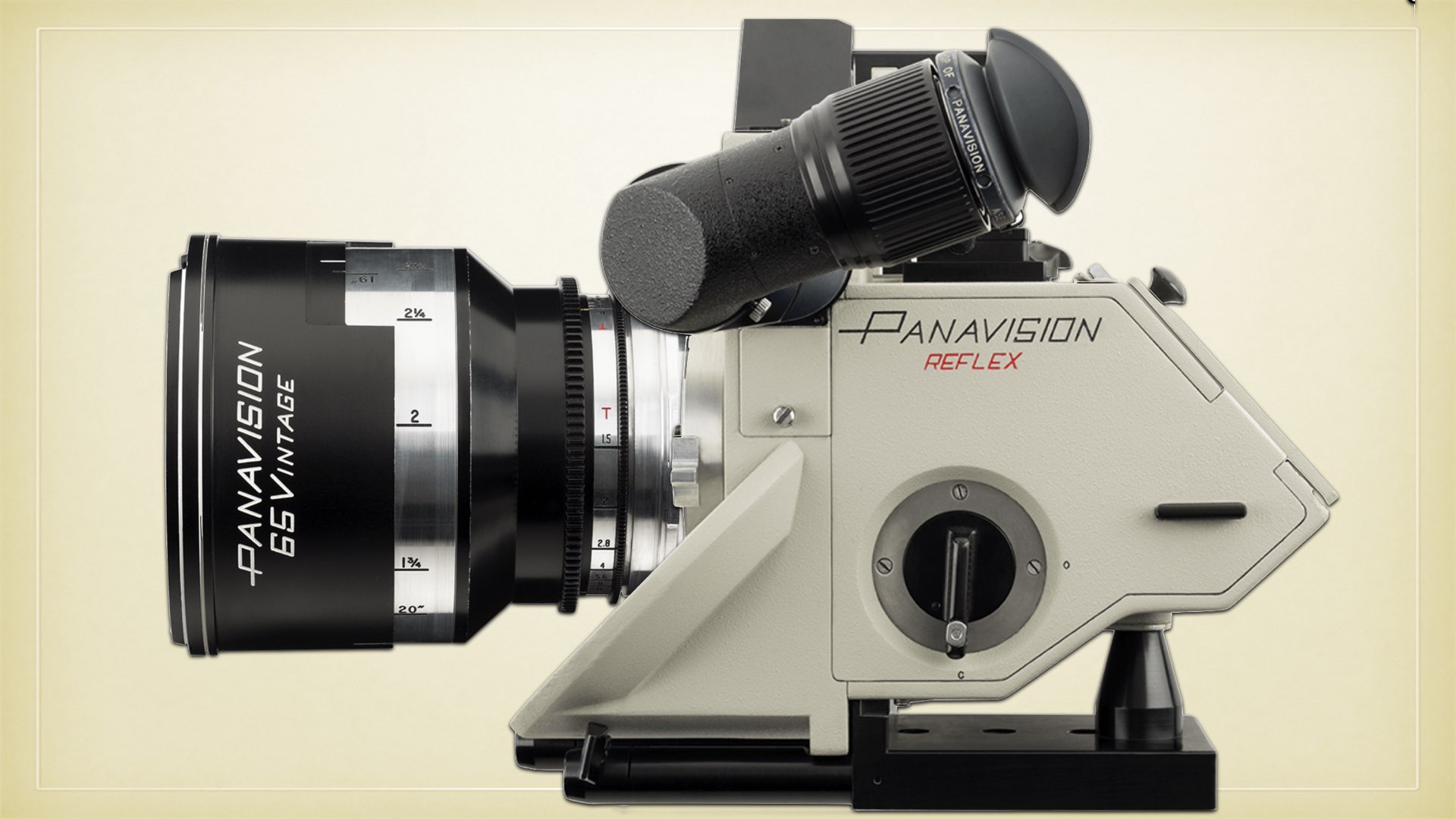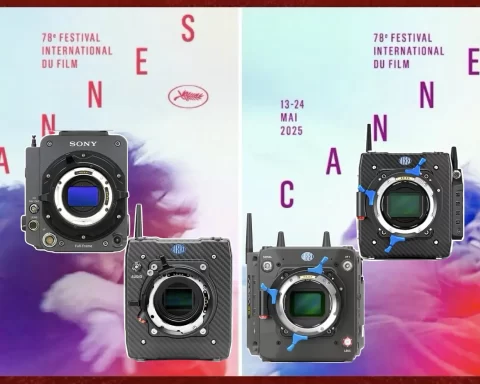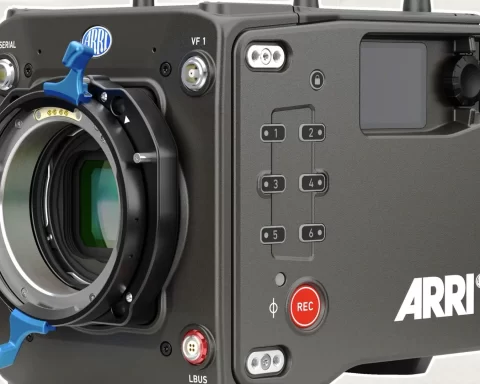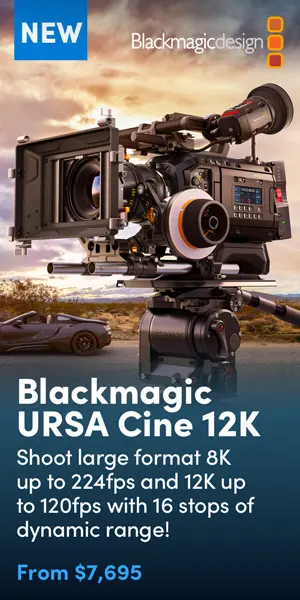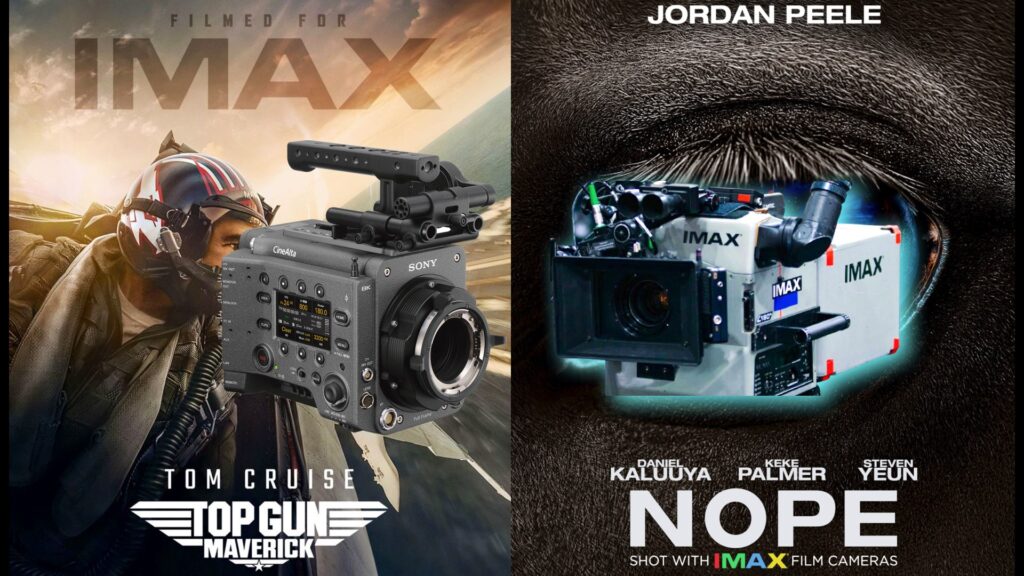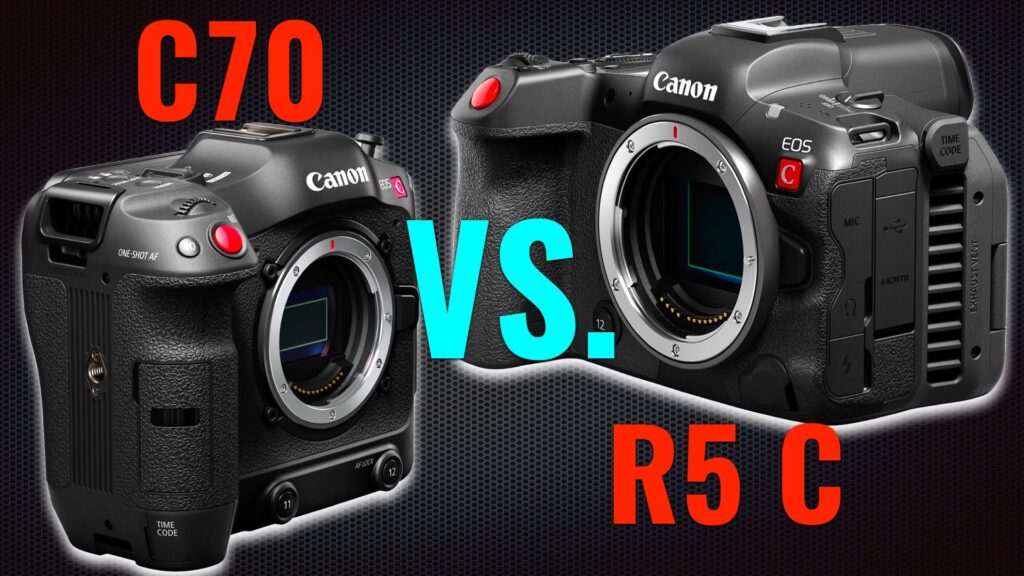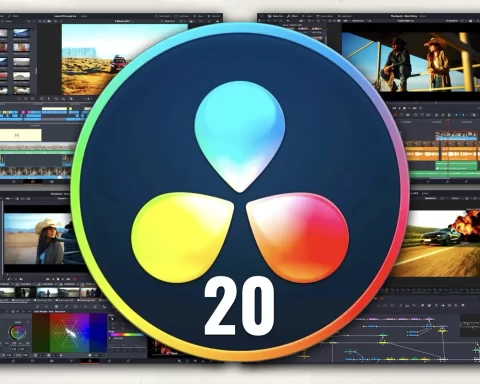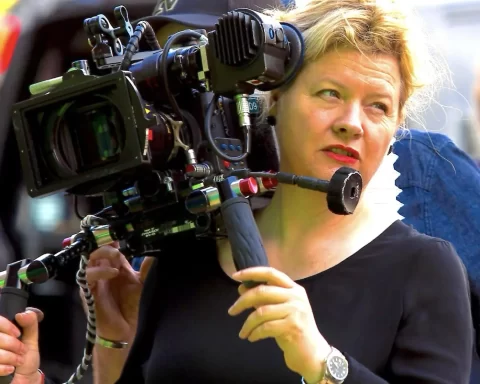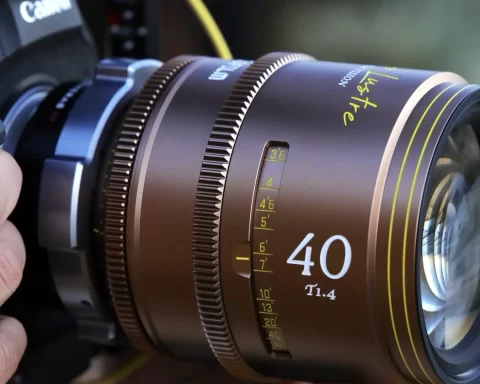Panavision has a new website. And it’s about time. This new website has a lot of useful educational content about Panavision’s cameras, lenses, and services. It’s a truly filmmakers’ educational gem. Check it out.
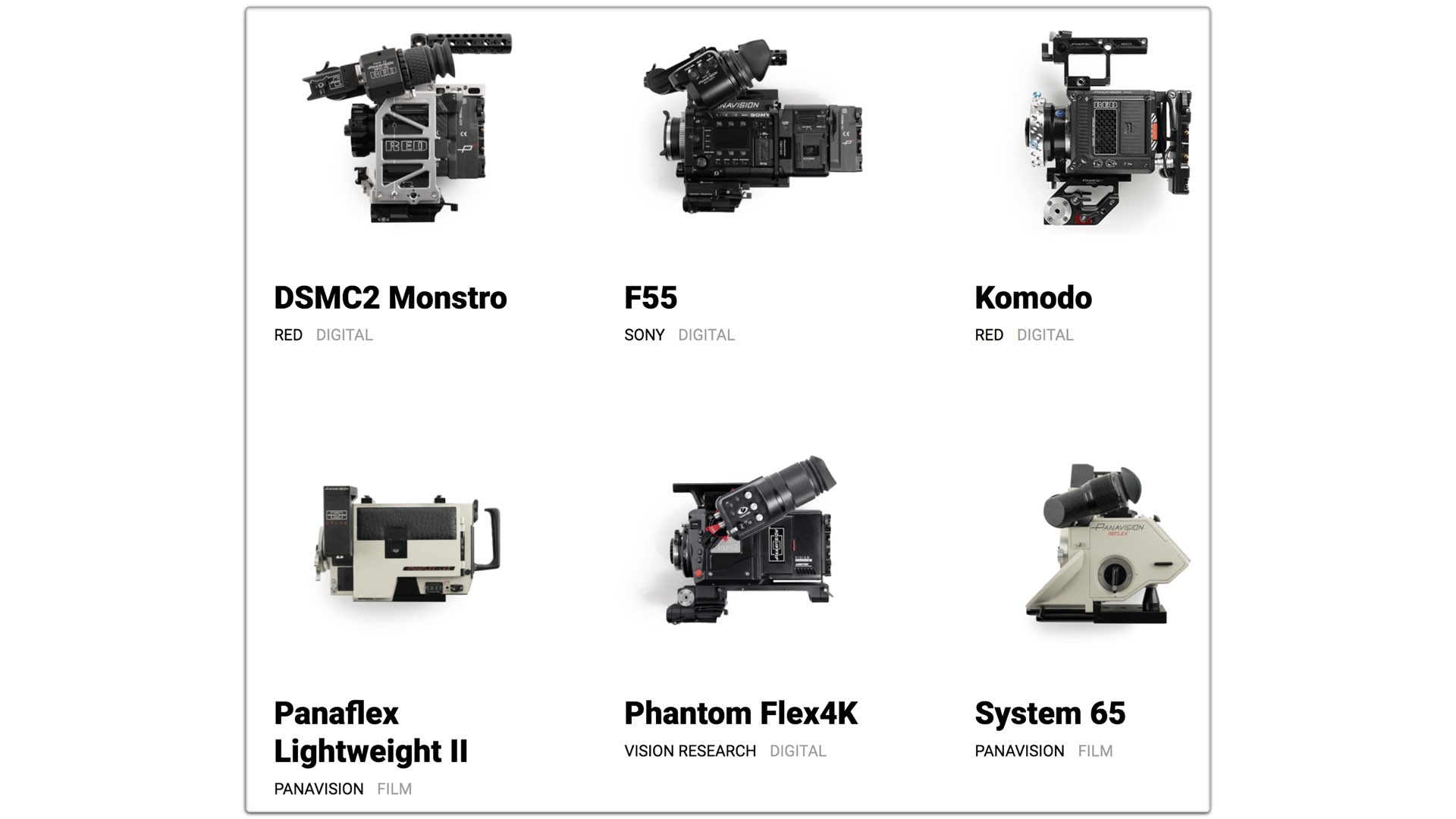
Panavision
Panavision is an American motion picture equipment company founded in 1953 specializing in cameras and lenses, based in Woodland Hills, California. Formed by Robert Gottschalk as a small partnership to create anamorphic projection lenses during the widescreen boom in the 1950s, Panavision expanded its product lines to meet the demands of modern filmmakers. The company introduced its first products in 1954. Originally a provider of CinemaScope accessories, the company’s line of anamorphic widescreen lenses soon became the industry leader. In 1972, Panavision helped revolutionize filmmaking with the lightweight Panaflex 35 mm movie camera. Over the years, Panavision’s Super 35mm and large format technologies have supported the artistry behind many classic films as we are all well familiar with.
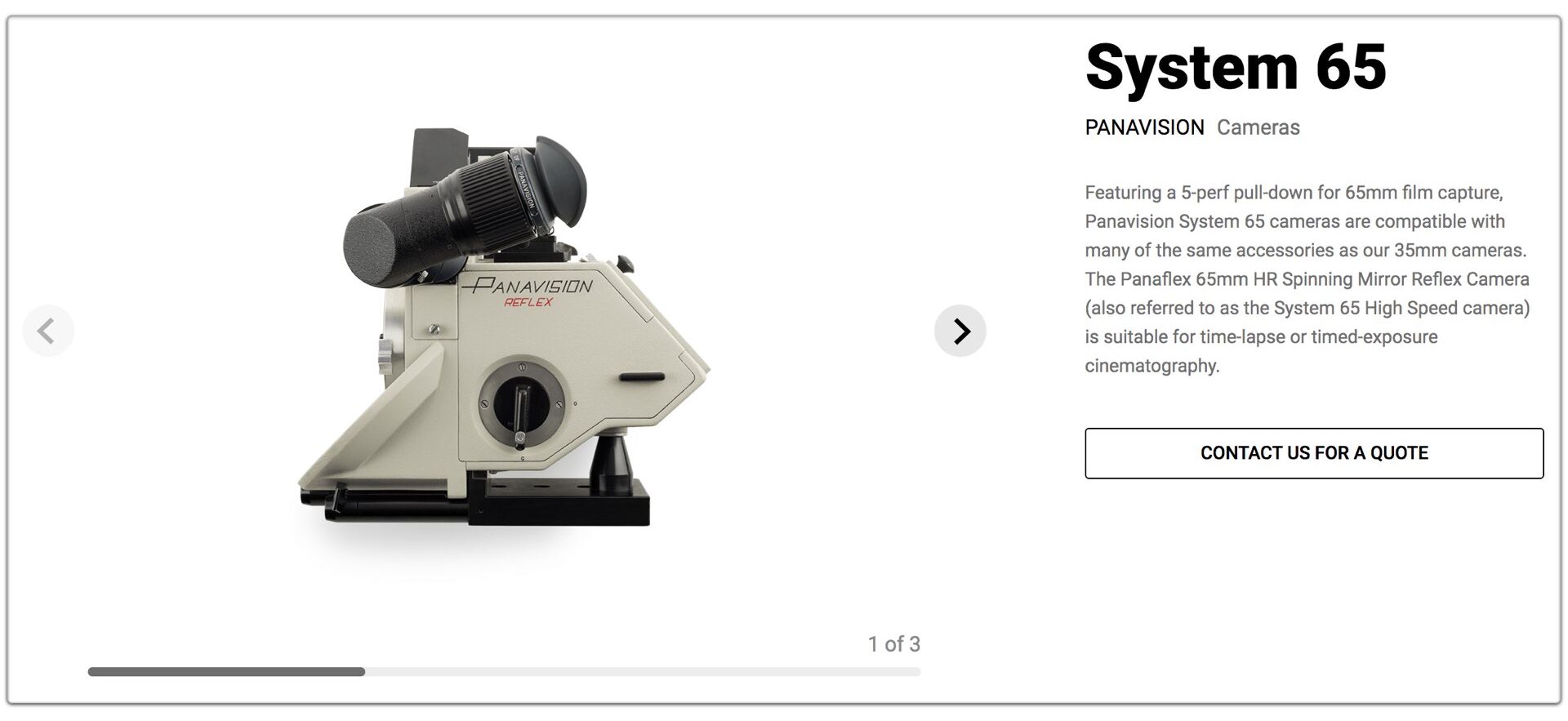

High-end motion picture cameras
In the early 1980s, Panavision had committed its full resources to develop the Panaflex Platinum camera. Beginning with the Panaflex revolution, filmmakers have intensified their demands for ever smaller, lighter-weight film cameras. In 1991, the company released its new 65 mm technology, System 65. However, it was beaten by the ARRIFLEX 765 developed by ARRI. In 1997, Panavision responded with the Millennium, a camera that re-examined every aspect of the existing 35mm technology. The Millennium XL followed quickly, further shrinking the camera body by using two film sprockets in place of the single sprocket design. The XL was the first product in Panavision history to win both an Academy Award and a Primetime Emmy Award within the first year of the official release. As for digital cinema, Panavision offers its digital flagship, the DXL 2 which is based on the RED Digital Cinema Vista Vision Monstro sensor.
BTW, as a tribute to the mighty 65mm format, we’ve created the Y.M.CINEMA 65 which is a perfect gift for cinephiles — explore it on our website.
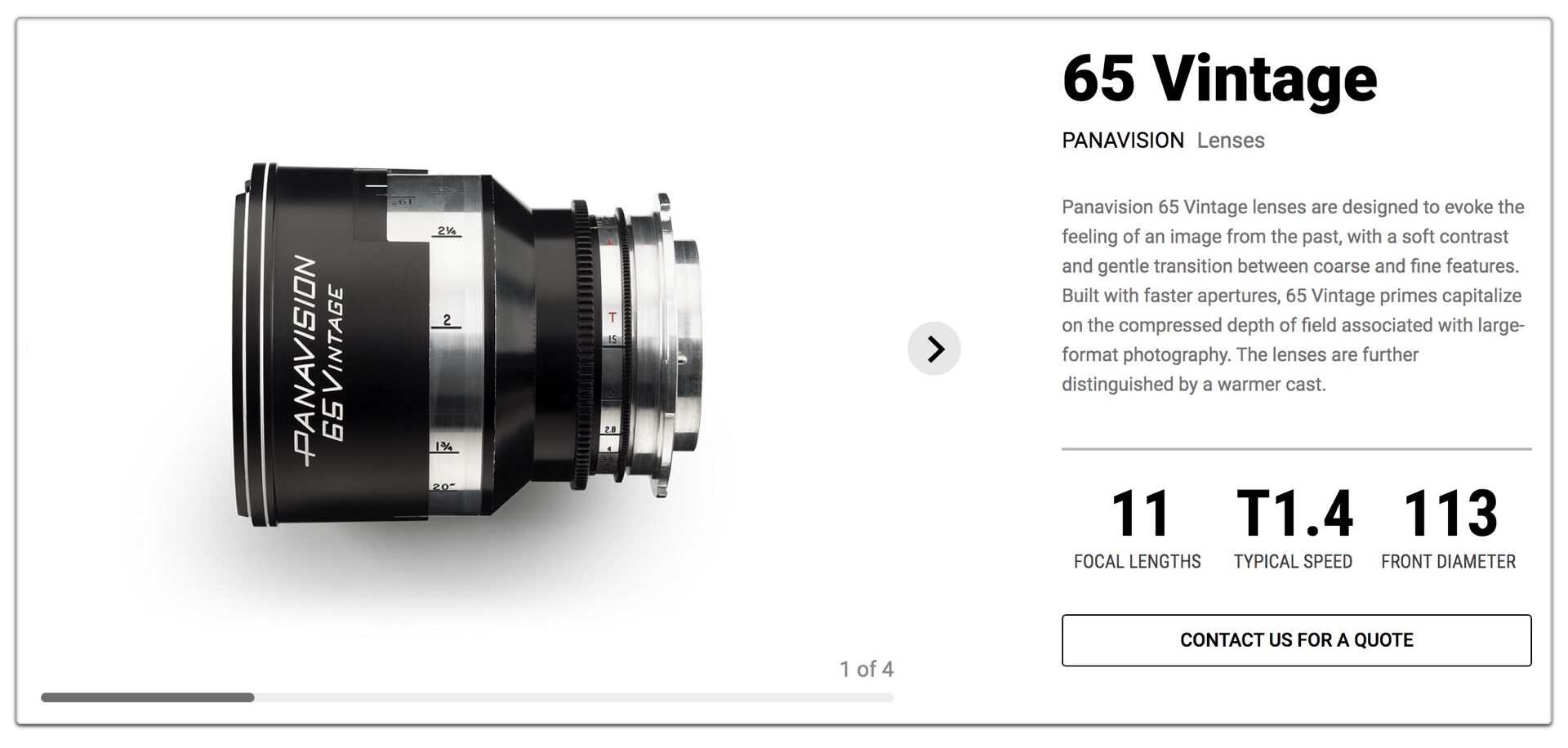
A new website
Panavision has just renovated its website. Now the Panavision cameras are presented in a much more convenient way, and the UI allows readers to learn more about its great machines. Furthermore, the website owns a cool DXL Menu Simulator, Data Rate, and Format Comparison Calculators.
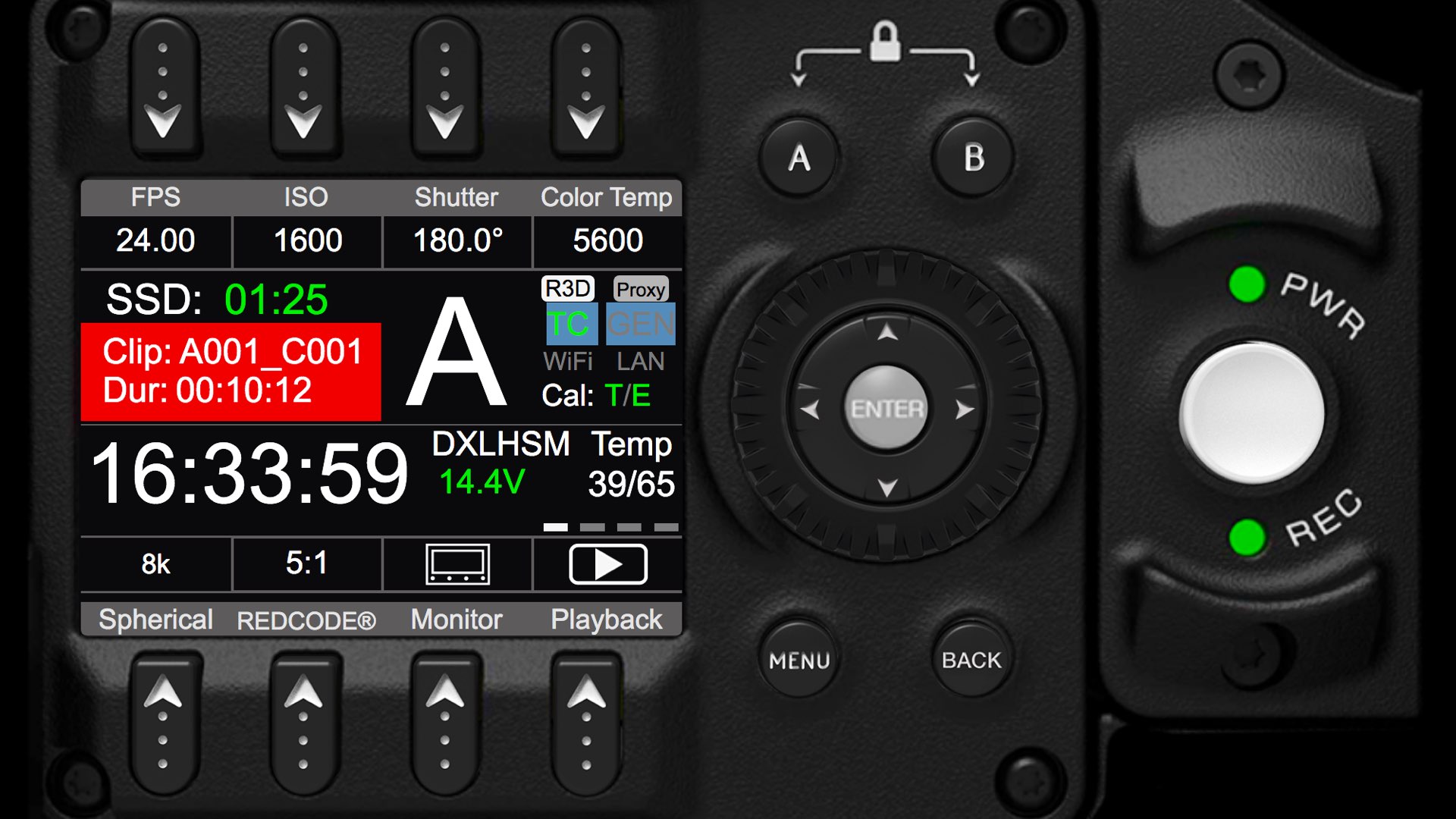
As for the optics, filmmakers can now explore Panavision’s proprietary anamorphic and spherical lenses for Super 35 and large-format acquisition, as well as Panavision’s selection of third-party lenses which are available globally.
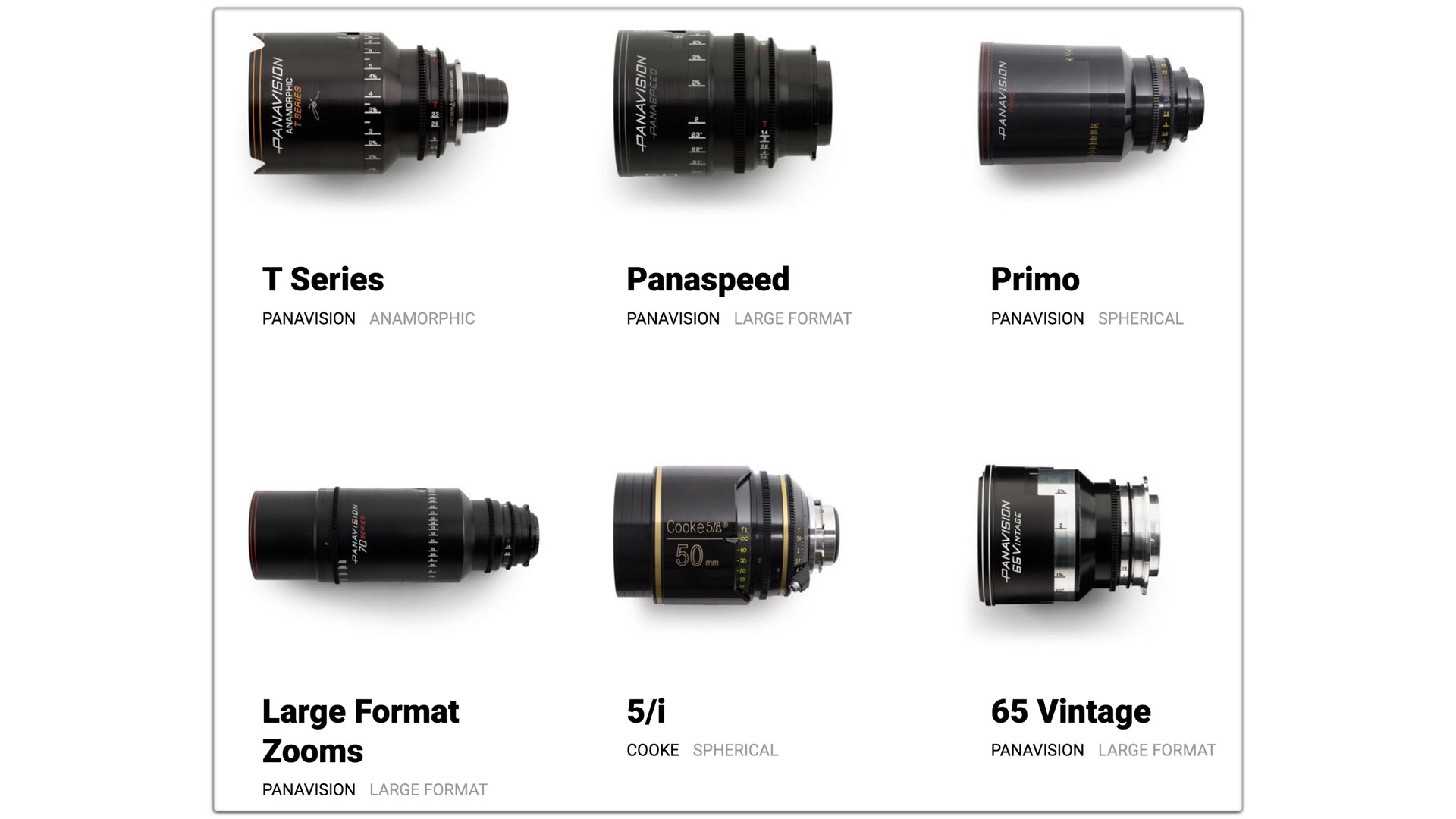
Finally, the site organizes some useful filmmaking educational content and resources regarding production and post. You should undoubtedly check it out on Panavision.com.

